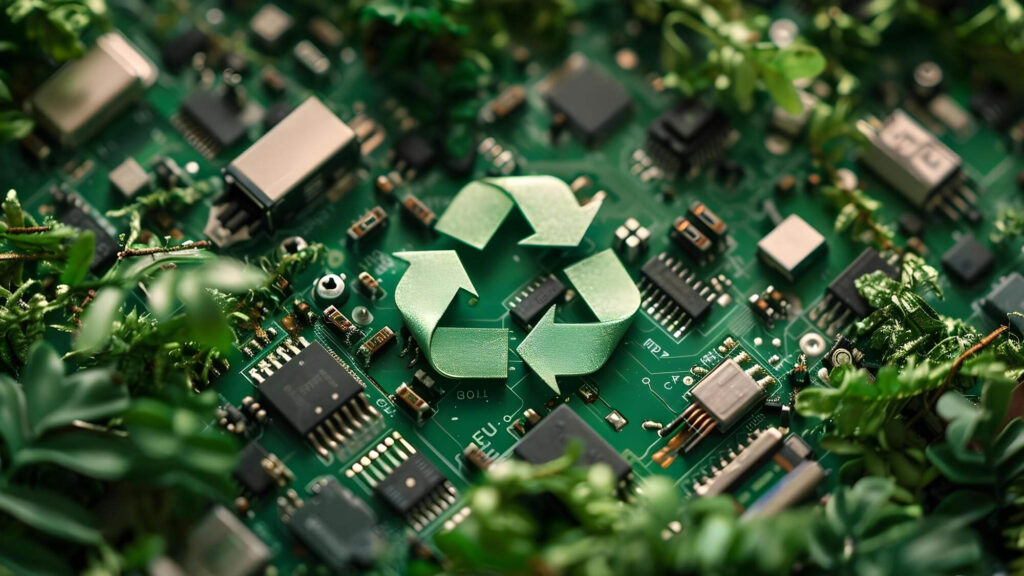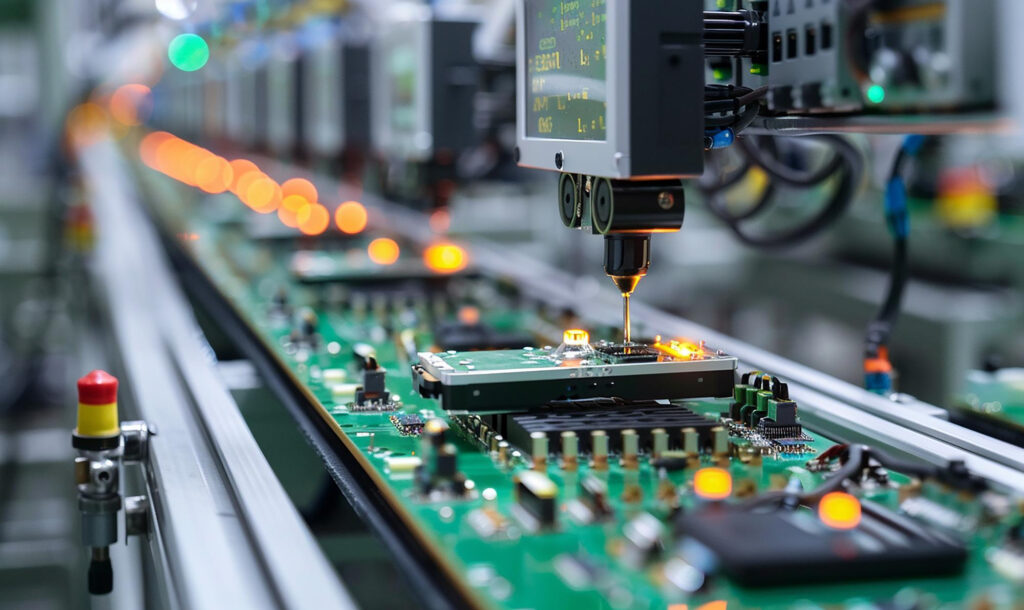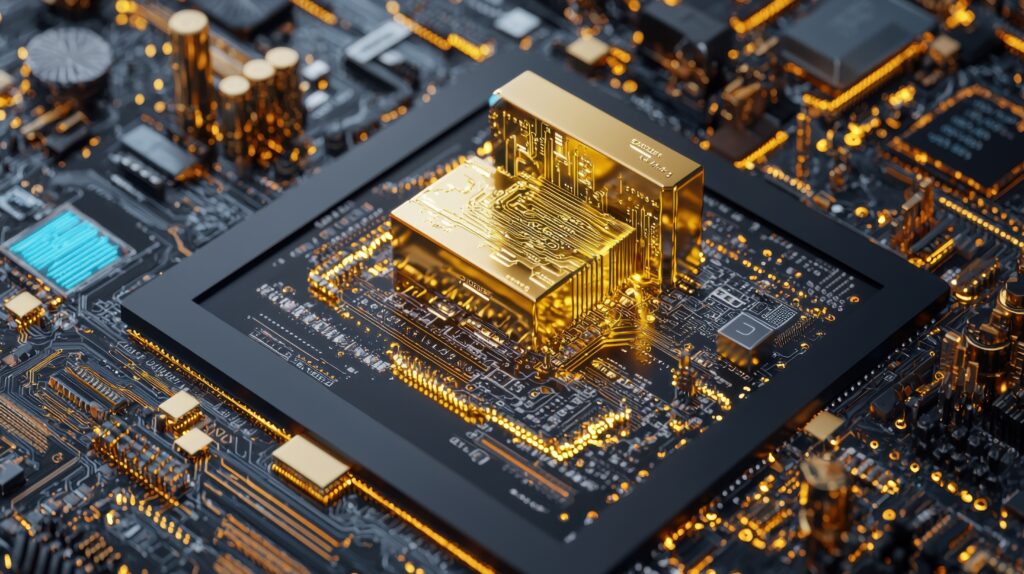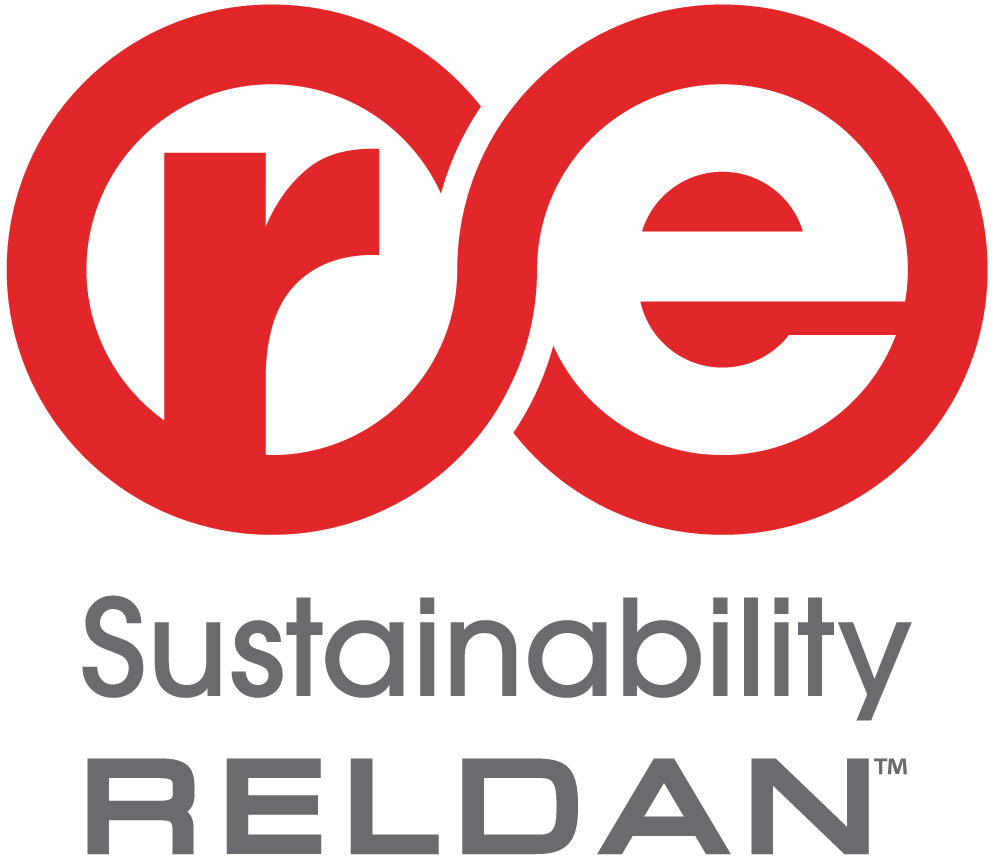The 5 Stages of Waste Management:
A Step-by-Step Guide
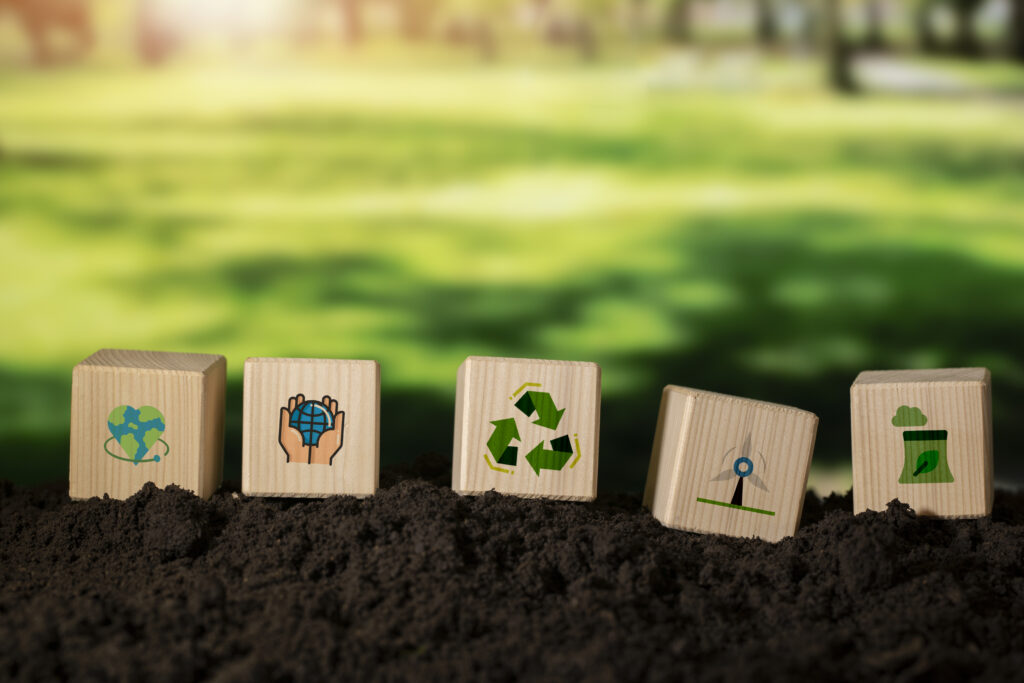
Waste is an inevitable part of modern life—but how we manage it makes all the difference. From the phones we replace every year to the laptops we discard after a few cycles, e-waste is growing at an alarming rate. To tackle this challenge, we must understand the 5 stages of waste management, a framework that helps individuals, businesses, and governments manage waste sustainably.
Also known as the 5 R’s of Waste Management, these stages—Refuse, Reduce, Reuse, Recycle, Dispose—are arranged in a hierarchy from most to least preferred in terms of environmental impact.
1. Refuse: Say No to Unnecessary Waste
The first and most powerful stage is refusal. This involves avoiding products that generate waste in the first place.
In e-waste context:
- Say no to unnecessary tech upgrades.
- Avoid impulse buying of gadgets or accessories.
- Choose products with minimal or eco-friendly packaging.
Example: Opting not to buy a new smartphone when your current one is still functional helps reduce demand for new electronics and the waste that follows.
2. Reduce: Minimize What You Consume
When you can’t refuse, reduce. This means consuming fewer resources and choosing long-lasting products.
In e-waste context:
- Choose durable, upgradable devices.
- Consolidate functions (e.g., one device for work and entertainment).
- Limit power usage and e-accessory purchases.
Example: Buying a modular laptop that can be upgraded over time instead of replaced entirely helps reduce long-term electronic waste.
3. Reuse: Give Products a Second Life
Before you think about recycling, consider reuse. Reusing products extends their life and keeps them out of landfills.
In e-waste context:
- Donate or sell old electronics.
- Refurbish and repurpose devices.
- Use spare parts from old electronics.
Example: Instead of throwing out your old phone, you can donate it to a local NGO or trade it in through a certified buyback program.
4. Recycle: Recover Valuable Materials
When reuse is no longer an option, recycling helps recover valuable materials like copper, aluminum, and rare earth metals.
In e-waste context:
- Partner with certified e-waste recyclers.
- Participate in official e-waste drives or return-to-manufacturer schemes.
- Avoid informal recycling channels, which often lead to environmental and health hazards.
Example: Recycling your laptop at an authorized center ensures safe extraction of materials and prevents toxic components from entering the environment.
5. Dispose: The Last Resort
Disposal should be the absolute last resort. If a product can’t be reused or recycled safely, it must be disposed of responsibly.
In e-waste context:
- Follow local hazardous waste regulations.
- Never dump electronics in regular trash.
- Ensure secure data deletion before disposal.
Example: A severely damaged device beyond repair should be disposed of through hazardous waste management services—not tossed in the bin.
Final Thoughts
Managing e-waste starts long before a product reaches the end of its life. By following the waste management hierarchy, we can reduce environmental harm, recover valuable materials, and support a more circular economy.
Whether you’re an individual or part of an organization, applying the 5 stages of waste management is key to creating a zero-waste lifestyle—especially in our digital age.
🔁 Every time you choose to refuse, reduce, reuse, recycle, or responsibly dispose—you move closer to solving the e-waste crisis.
Categories
Recent Posts

